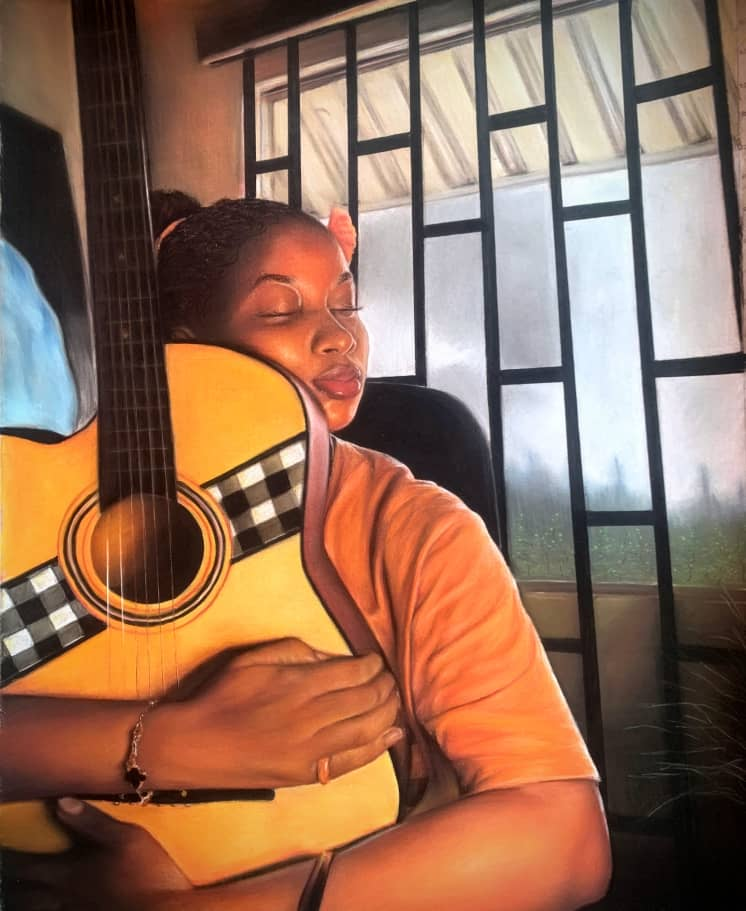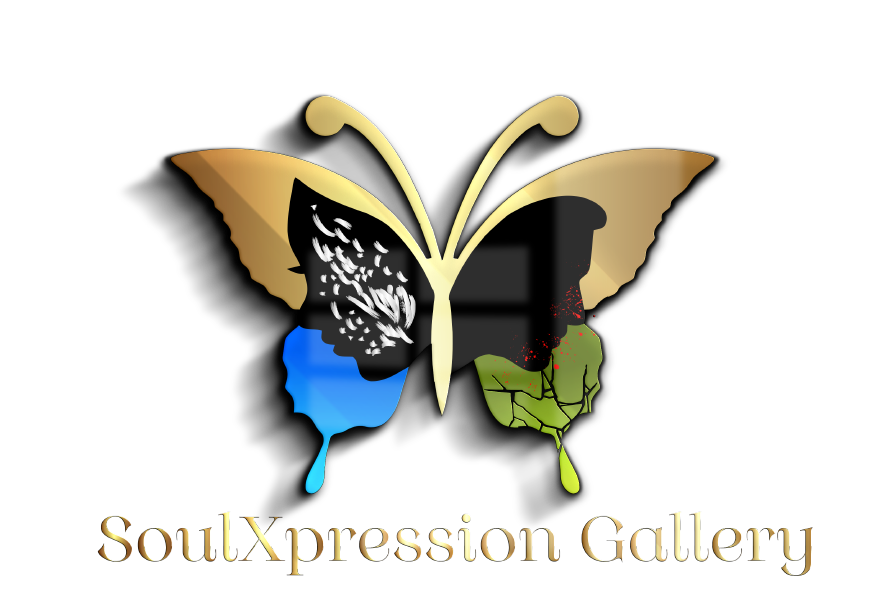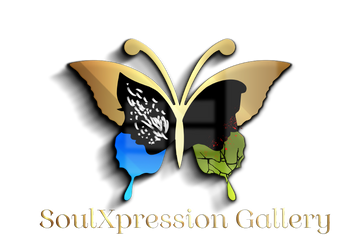The Healing Power of Music
How Blues and Jazz Became Medicine for the Soul
Music has been healing people for thousands of years. Long before doctors understood how the brain works, people knew that the right song could lift spirits and ease pain. The Bible tells us about young David playing his harp to chase away the evil spirit that was troubling King Saul. That old story teaches us something important - music can touch our souls in powerful ways, bringing either peace or trouble depending on what we listen to. Blues and Jazz weren't just new musical styles that someone invented for fun. They were born from real suffering and became powerful tools for emotional healing that still work today.
The Birth of Blues
When Pain Becomes Music
In the late 1800s in the Deep South, particularly around the Mississippi Delta, life was incredibly hard for African Americans. They'd survived slavery, but freedom didn't mean fairness. They faced crushing poverty, hatred, and a system designed to keep them down. Most people would have given up, but instead, they did something remarkable - they sang.
The blues didn't start in fancy concert halls. It began in cotton fields, on front porches, and in small juke joints where people gathered after long, hard days. This wasn't entertainment - it was survival. When you're carrying pain that feels too heavy for words, sometimes the only way to let it out is through music.The blues gave people a way to say "I'm hurting, and that's okay." Songs like:
Robert Johnson's "Cross Road Blues" weren't just about standing at a crossroads - they were about those moments in life when you don't know which way to turn. When Bessie Smith sang "St. Louis Blues," she was speaking for everyone who'd ever felt homesick, heartbroken, or lost. We have "Slave to the Blues" by Ma Rainey, recorded in 1925, but reflects on the deep emotional impact of slavery. Early blues artists like Charley Patton (e.g., "Mississippi Boweavil Blues" which speaks to the struggles of sharecropping, a system that often mirrored aspects of slavery) and Bukka White (whose songs often depicted life on prison farms, which were essentially forced labor camps that replaced slavery).
What made the blues so healing was its honesty. Nobody was pretending everything was fine. Instead, they were saying "Life is tough, but we're going to get through this together." And when people heard that, they felt less alone.

With his painting "Un-Bothered 2" from the series "Peace In Chaos", Joseph Egheosa Ifada shows the power of music on the path of healing. He invites his audience to explore music as an instrument to fight pain and mental illness. Find this Painting in our store.
Jazz: Finding Freedom in Music
While blues was being born, jazz was growing up in New Orleans around 1900. If blues was about expressing pain, jazz was about finding freedom through music. It was a time when African Americans had very few places where they could truly be themselves. Jazz clubs became those places - spaces where people could create, improvise, and be free, even if it was just for a few hours. Jazz had this magical quality of being unpredictable. When Louis Armstrong picked up his trumpet or Duke Ellington sat at the piano, nobody knew exactly what would happen next. That spontaneity was healing in itself.
In a world that tried to control every aspect of their lives, jazz musicians found a way to be completely free through their music.The call-and-response style that jazz borrowed from church and work songs created something special - conversation through music. Jazz clubs became sanctuaries where people could forget their troubles, connect with others, and experience joy despite their circumstances. The music said, "Right now, in this moment, you are free."
How Music Healed Entire Communities
Blues and jazz did something remarkable - they became community medicine. These genres helped people heal in ways that went far beyond individual comfort.
Giving pain a voice: When someone heard B.B. King sing "The Thrill Is Gone," they didn't just enjoy a song - they felt understood. When Billie Holiday performed "Strange Fruit," she gave voice to experiences too dangerous to discuss openly. These songs told people, "Your feelings matter. Your story counts."
Creating connection: Music venues became gathering places where strangers became friends over shared experiences. A blues club wasn't just entertainment - it was group therapy. People bonded over songs that reflected their common struggles and dreams.
Preserving hope: Musicians passed down stories of survival, wisdom about getting through hard times, and most importantly, hope for better days. They kept cultural traditions alive while creating new ones.
Proving possibilities: Every successful musician became proof that circumstances don't determine destiny. They showed that talent, hard work, and determination could open doors that seemed permanently closed.
Music affects more than just our emotions - it touches our spirits. Just like David's harp could chase away the darkness troubling King Saul, blues and jazz have the power to influence the very core of who we are.
This spiritual dimension is crucial to understand because music can either heal us or harm us, depending on its source and intention.
Blues and jazz, born from authentic human experience and often reaching toward something higher than daily struggle, tend to create positive spiritual environments that promote healing. Spiritual healing through music works in several ways:
Sacred expression: Many blues and jazz artists approached their music like prayer. Mahalia Jackson's gospel singing and Thomas Dorsey's compositions created spiritual atmospheres that seemed to invite divine presence and comfort.
Personal connection: When people sing songs that mirror their own experiences, they tap into something deeper than entertainment. This connection validates their feelings and helps them process difficult emotions.
Praise and worship: Singing to God creates direct spiritual connection. Whether through traditional hymns or gospel blues, lifting voices in praise generates spiritual energy that can transform despair into hope.
Honest vulnerability: The way these artists expressed both pain and hope created spiritual authenticity that reached people's souls, much like David's heartfelt musical prayers reached King Saul's troubled spirit.
Moments of transcendence: Jazz improvisation often created spontaneous experiences where musicians and audiences touched something beyond ordinary life - healing moments that reached the deepest parts of human experience.
— Music Therapy Today
Curative music is more than just pleasant sounds. It's music that actually helps heal emotions, minds, spirits, and sometimes even physical symptoms. Scientists have now proven what blues and jazz pioneers always knew - certain types of music can change brain chemistry and promote healing.
However, it's important to remember that music's power works both ways. Just as David's anointed music could drive away harmful spiritual influences, music created with negative intentions can potentially damage our wellbeing. This is why blues and jazz, rooted in authentic human experience and often reaching toward transcendence, make such effective healing tools.
Modern music therapists use the same principles that blues and jazz pioneers discovered through experience. Hospitals now use therapeutic music to help patients manage pain, anxiety, and depression. Mental health professionals incorporate musical elements into treatment, recognizing that rhythm, melody, and lyrics can reach places that traditional therapy might miss.
Research shows music therapy can: Reduce physical pain and discomfort, lower anxiety and depression symptoms, improve mood and emotional regulation, enhance social connection and communication, support spiritual and emotional healing, help process grief and trauma, boost immune system function, improve sleep quality.

Singing might be the most powerful healing tool available to everyone. When you sing, you're not just making sound - you're using your entire body to express what's in your heart. Your breath, voice, and emotions work together to create healing. Everyone has experienced this. Maybe it's singing along to your favorite song in the car, humming while you work, or even singing in the shower. Without realizing it, you're practicing a form of therapy that's been healing people for centuries.
A Legacy That Lives On
The birth of blues and jazz represents more than musical innovation. These genres proved music could work like medicine, offering emotional release, community connection, and hope during life's most difficult moments.
This legacy teaches us that our greatest struggles can become our most powerful sources of healing. The blues showed us that acknowledging pain doesn't make us weak - it makes us human and connects us to others. Jazz taught us that we can improvise our way through life's challenges and create something beautiful in the process.
Today, this healing tradition continues.
Whether you're dealing with heartbreak, loss, stress, or just the ordinary challenges of daily life, there's music waiting to help. Remember those pioneers who transformed their deepest pain into healing art. Put on some blues to process your feelings, or jazz to lift your spirits. Sing along if you feel like it. Let the music do what it was born to do - heal your heart and restore your hope.
After all, we could all use a little more healing music in our lives.
Sometimes the best medicine comes not from a bottle, but from a song that understands exactly how you feel.


